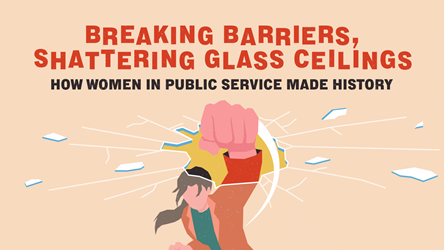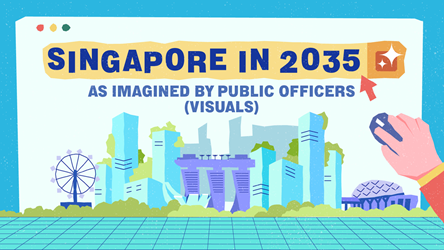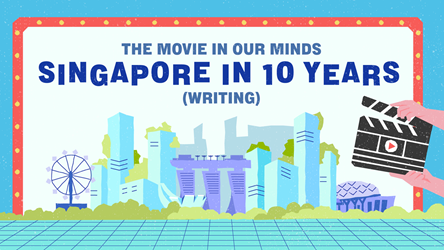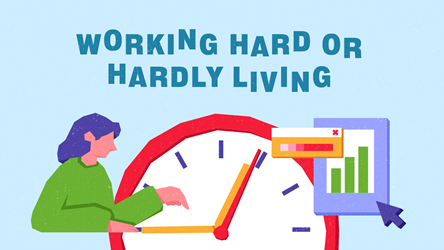Urban Labs, Chessboards and Lessons
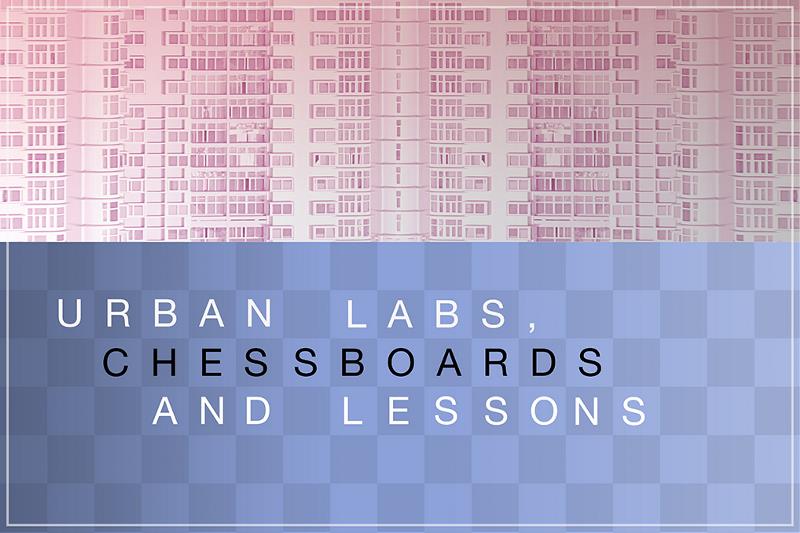
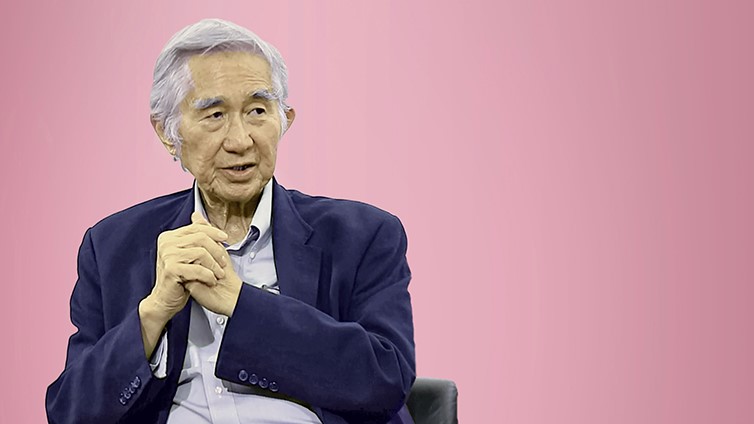
A Desperate Start
DR LIU: I joined the Government in 1969. There was a clear sense of desperation to solve the housing problem. Some of you may not even know that the battle-cry in those days was to break the back of the housing shortage.
In 1960, out of 1.6 million people, about 1.2 million lived in squatter huts – three-quarters. And therefore, there was a sense of desperation. The Government’s key concern was how to survive as a country. If you look back at old newspapers, I think the word “survival” appeared once every week.
All of us worked very hard to change the fate of Singapore. One good thing that we enjoyed was that while we were very inexperienced, the political leaders gave us a lot of freedom to find our way to solve the problems. That’s why I feel that Singapore offered me and my colleagues an “urban laboratory”. We were all very young and we didn’t know the way to create a good plan. So the only way was to test out ideas, consult people and then come out with the solutions and apply [them].

MR PILLAY: Conditions were quite dire in those days, but at the same time, you have to recognise that it was easier to get things done, if the political leadership had the support of the masses and the support in Parliament. In the early ’60s, that support in Parliament was not certain; it was only in the middle of the ’60, ’67, ’68, that the ruling party took command, and after that, it was pretty plain sailing thereafter.
Now, civil servants and the political leadership have far more tools at their disposal, but that doesn’t make life any easier. They have to take into account a far greater variety of variables, both within the country and outside the country. So if you ask me to choose between what it was like now and then, and whether I would prefer to be then, I think I’m happier that I was around then, rather than now. It’s far more challenging.
Getting it Done
DR LIU: The expression “silo mentality” didn’t exist in those days. We could convene a meeting in a very short time among different departments, to solve problems.
I’ll tell you one story that doesn’t put me in a very good light. We were trying to develop Tanjong Rhu, which in those days was just a smelly, dirty piece of land. So I got the various government infrastructure departments together, when I was the Chief Planner at URA, [and] asked, “How do we decide to develop this infrastructure quickly?”
Nobody had any answers, so I said, “Come back in three weeks and give me the solution.”
I had no authority over them; we were all of equal rank. We came back, [but] still no solution. I was worried because the Government was chasing me. I said, “Okay, since you still don’t have a solution, I’m not going to dismiss the meeting today, unless wefind a solution.”
Which was not very reasonable of me! But at the end of three or four hours, we found a solution. That’s how Tanjong Rhu got its infrastructure. In other words, there was a good sense of camaraderie; we worked together very well. It’s worthwhile to know that at the peak of HDB’s operations, we completed one apartment every eight minutes. That’s how much we devoted our energy to turning this nation around.
Lean by Necessity
MR PILLAY: How did we try to make use of the resources we had? It’s an attitude of mind. To start with, Singapore may have been better off than the other countries in the region, but the standard was quite low, compared to developed countries in the West, Japan and Australia. So frugality was the order of the day; we were just frugal in everything. And the reason was we didn’t have the money. We tried to make sure that whatever money we spent was spent productively. For that, you have various systems of governance to ensure that money and resources are not frittered away.From Chessboard to New Town
DR LIU: I wanted to do my best, to make our new towns among the best in the world. To do so, you have to study Western new town theories, and then adapt them to the Singapore environment. So we managed to create highly self-sufficient new towns, at a very high density, higher than anything known in Europe, yet highly liveable.
The concept is very simple – we just used the western chessboard concept. On the Western chessboard, you have black squares and white squares; the black squares would be high-rise housing; the white squares would be parks, neighbourhood centres, schools and so on.
One year, when Mr Kenzo Tange came to visit our new towns, he said to one of my colleagues that he was really surprised that, despite the professed high density, he just could not feel [it]. Now that did not happen by chance; we wanted to push our achievement to as high a level as possible.
Lessons and More
MR PILLAY: We weren’t always right; we tried to learn from our errors. In the mid-1970s, we had a very severe bout of inflation – ’73 and ’74, exceeding 20% n each year. We had the Monetary Authority of Singapore already established by then, but they didn’t seem to figure out how to control inflation. This wasn’t because of fiscal recklessness, [since] Dr Goh Keng Swee had already set the parameters on the fiscal side; there was to be no deficit financing. So it was something to do with the monetary side.
Eventually, we settled on the exchange rate as the principal lever; the principal control mechanism. And since we adopted [this], we really haven’t had any serious bouts of inflation. We made errors, but on the whole, we learned from our mistakes; tried to correct them. We don’t always succeed, but eventually, we managed. Governing is not a steady trajectory, rising up. It’s full of wiggles; that’s life.
What Lies Ahead
DR LIU: We need to remember that whenever there were urban problems, we tried not to solve the symptoms, but the fundamental causes. [To do this], you must have solid skills; you must think through and understand the issues carefully. And also, you must try not to be seduced by current fashion.I used to say that one of the reasons Singapore became a good city was because, collectively, clarity equals courage. In my recollection, the Cabinet, the civil servants and the technocrats discussed every new issue carefully, until we found the root cause of it, and the most effective solution.
Once you have that, you dare to go against world trends. In the ’60s and ’70s, the trend was against high-rise, high-density housing because [the experts] were convinced that this was the recipe to create vertical slums. But after having thought through our needs, we realised that we had no choice but to go for that.
Then [we] proceeded to understand the problems of the West, and overcame all the negative effects, to the point that people in the West are now coming to Singapore to find out how we have managed to do it. So clarity equals courage. To me, that was the keystone of the first generation of Singapore, and I hope it will continue.
MR PILLAY: The future is always challenging, in any era. I think we are better equipped now than in the past to confront the challenges. I am not pessimistic; as long as we have an open mind [and] a reasonably free and open society, the solutions will emerge. It’s not going to be a steady trend upwards; there will be wiggles; that’s inevitable. We are human beings and we are fallible. But if you ask me if I am pessimistic, I am not.
- POSTED ON
Mar 9, 2016





